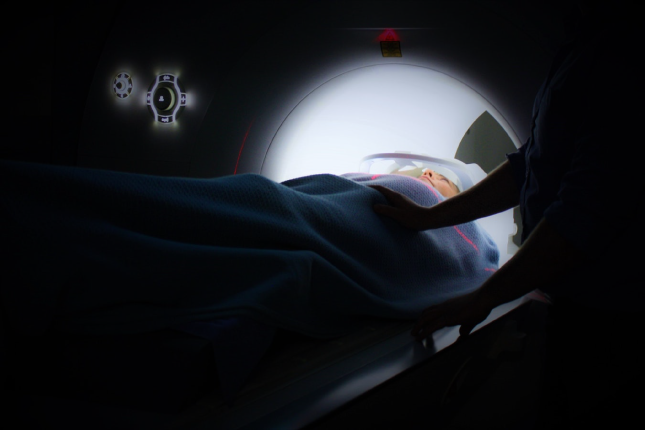New EU medical devices regulation (MDR) has been drawn up and it affects all products classed as medical devices to be sold in Europe. The new regulation is in a transition period currently, and manufacturers have until 26th May 2020 to make sure all new devices reaching the market meet the new regulation.
There are many new conditions that must be met, and these are set out in Article 10 of the regulation.
One new condition relates to CMR (carcinogens, mutagens or reproductive) substances. In simple terms, if a device comes into contact with a human body and contains a CMR substance, like cobalt, above a concentration of 0.1% w/w, then the substance must be labelled on the device and/or the packaging.
So far, so simple, however, the problem for manufacturers is ensuring that a CMR substance doesn’t make its way into a device ‘under the radar’. This is exactly what might happen for devices that contain stainless steel.

Cobalt is often present in stainless steel, usually at about 0.25%. Cobalt is on the list of CMR substances, so must be declared on the label of the medical device to meet the new regulation.
The problem is that cobalt is often not listed on the stainless steel element composition certificate. This means that as a manufacturer, you must declare whether cobalt is present, yet you can’t tell whether incoming stainless steel contains cobalt as it’s not listed.
Eventually, stainless steel suppliers may add cobalt to the composition list however, for now the problem is how to meet the MDR.
The only reasonable option is for manufacturers to test and validate the incoming stainless steel themselves. If you choose the right technique and the right equipment, it’s actually quick and easy to perform a test when you receive the stainless steel as part of your incoming inspection process.
There are two established test methods available to you: X-ray fluorescence (XRF) and optical emission spectroscopy (OES). Several years ago, you’d have needed a lab and trained specialists to carry out the measurements. Thanks to advances in technology these techniques can now be used easily by operators on the production floor.
Hitachi High-Tech’s X-MET8000 is a handheld XRF analyzer that can detect and measure cobalt within stainless steel. You simply take the analyser, place it on the surface of the metal and pull the trigger. Within seconds the results are displayed on the easy to read interface. XRF analysis is a completely non-destructive technique and leaves the surface of the stainless steel completely clean.
We also have three mobile OES devices that are suitable for cobalt detection within stainless steel: the PMI-MASTER Smart, PMI-MASTER Pro2 and TEST-MASTER Pro. Like the X-MET8000, you simply place the probe in contact with the metal and press the trigger and read the result on the display screen either on the probe or the instrument.
The X-MET8000 automatically stores and shares measurement results to our cloud. This helps with traceability and conformance – essential for the new EU MDR.
So which type of analyzer is best for you?
Both OES and XRF analyzers are capable of measuring cobalt within stainless steel at the levels required. The X-MET8000 leaves the surface completely clean, whereas the OES technique does leave a small burn mark on the surface, often seen as a quality stamp. However, with OES, you can also measure elements like carbon, boron and nitrogen in steel at low detection limits. Ultimately your choice could depend on what else you could measure with the analyser, so you get the most out of your investment.
To discuss which type is best for you, get in touch to request a quote.
You can read more about our handheld XRF devices and mobile OES